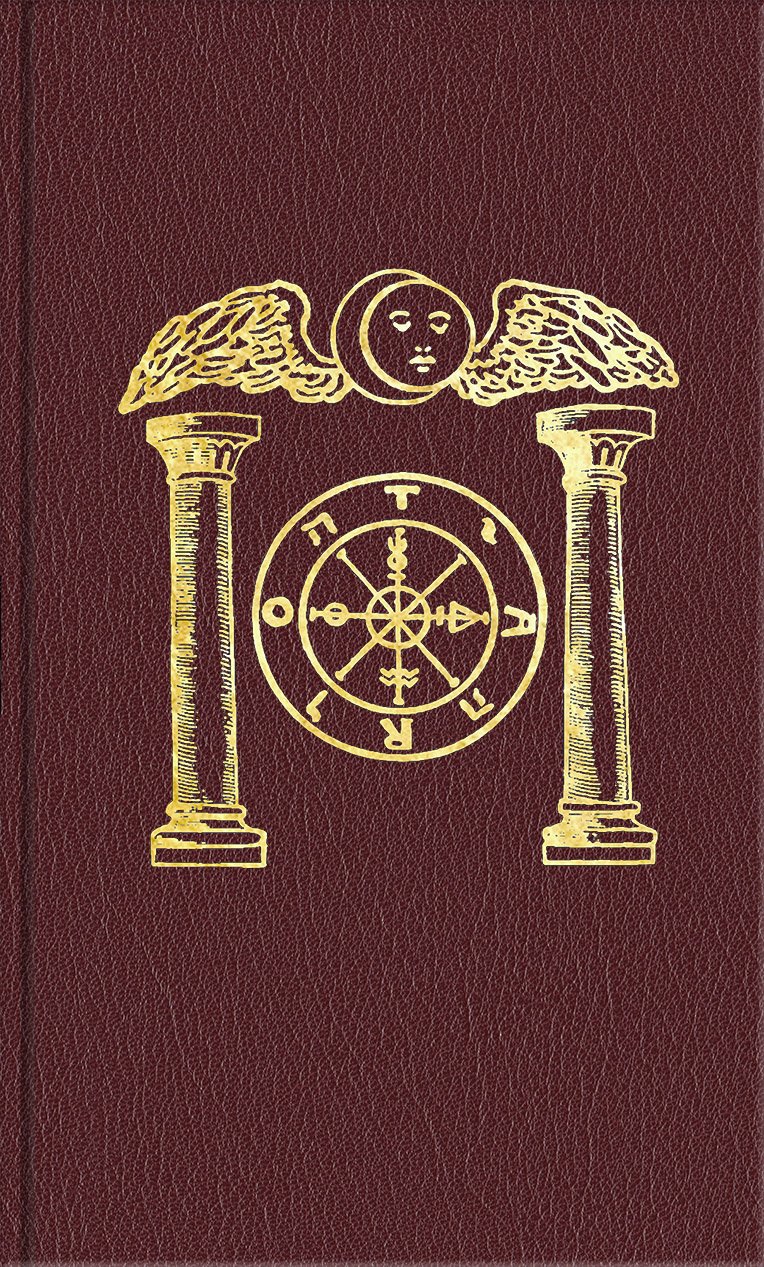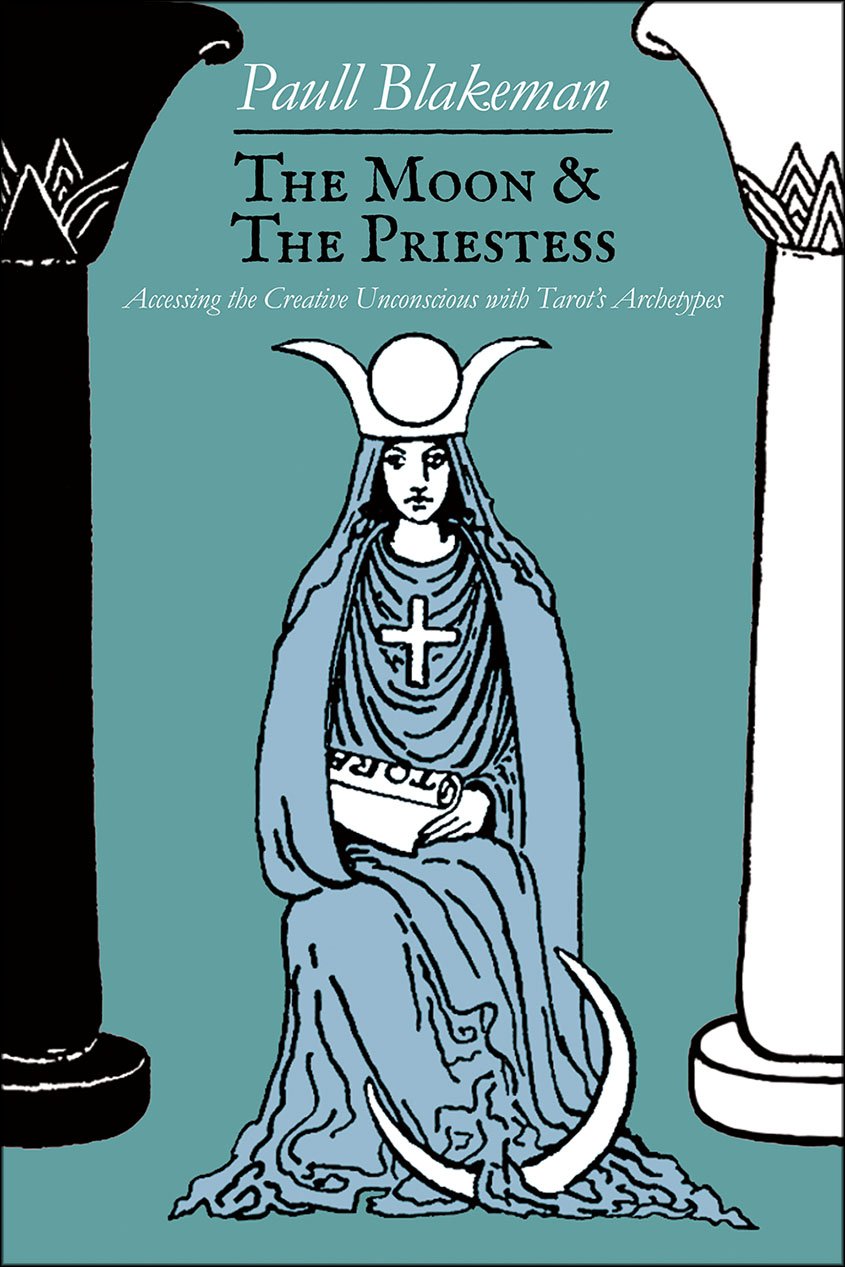Tarot
Embark on a journey of mystical revelation with “Piercing the Veil: Performing Tarot Divination while in the Lunar Astral Realm”. Oscar Tusk, a seasoned practitioner of the Old Craft, invites the reader to delve into the depths of Traditional Witchcraft and unlock the secrets of the Tarot like never before.
Tarot skills for the 21st Century - Mundane and Magical Divination is a toolkit and guide for exploring and expanding your tarot divination skills. Written by Josephine McCarthy, a leading magical adept and ground breaking author, it veers away from the recent popular approach of using tarot for psychology and counselling, and instead shows you how to use tarot for true divination: seeing into the future, the past and analysing the present.
Down Here is the first of a meticulously researched and lavishly illustrated three volume work, The Tarot of Marsilio by Christophe Poncet; a landmark inquiry into the origins of the Tarot de Marseille. Against the prevalent view in the academy, Poncet argues that the Tarot de Marseille is a work of esoteric philosophy hidden in plain sight.
Inside issue 3 - Mermaids, Forgotten Stones, Wirral Wanderings, Water In The Tarot, and a whole host of other mysteries.
5 objects: Contributions from museum staff, supporters and associates writing about their favourite things from the collection. The Cunning Man, collected and edited by Robert Hunt. Witch Wars.
The third volume of Clavis: A Journal of Occult Arts, Letters, and Experience is now available for pre-order. Its contents concern the respective themes of ‘Cipher and Stone’.
Abraxas Journal Issue #4 offers 192 large format pages of essays, poetry, interviews and art. Printed using state-of-the-art offset lithography to our usual high standard, contributions for Abraxas #4 include a previously unpublished manuscript by Austin Osman Spare entitled Fragmentum presented here in facsimile over 30 pages
Referring to it as the Book of Destiny, Antoine Court de Gebelin published the first documented essays on the Tarot in his multi-volume French encyclopedia Le Monde Primitif in 1787.
This edition based on new scans from a copy of the 1909 first edition. All of the images used to create this book were created by taking scans of a first edition copy and then digitally enhancing the black ink and removing the paper texture from the background. The images printed in half-tone were run through a special descreening process to remove the moiré patterns.
The Oculi Occultati tarot is an enchanting and highly original work by Polish artist Radomił Bogusławski, comprising a complete set of 78 cards.
The Game of Saturn is the first full length, scholarly study of the enigmatic Renaissance masterwork known as the Sola-Busca tarot. It reveals the existence of a pagan liturgical and ritual tradition active amongst members of the Renaissance elite and encoded within the deck.
The Moon & The Priestess is an analysis of the Tarot deck through the lens of Jungian psychology, specifically Carl Jung’s theory of ‘Archetypes,’ and sets out a path for reimagining the Tarot to access the creative unconscious. Using and understanding Tarot’s archetypes allows you to work with unconscious material, opening your potential for personal and artistic development.
Two British witches of the Gardnerian tradition, explain the secrets, rites, powers, and ceremonies of the Old Religion and answer questions concerning witchcraft's beliefs, practices, and adherents.
Using as inspiration José Leitão’s work on the Iberian tradition of Saint Cyprian, artist Natalia Lee Forty has created a unique cartomancy deck meant to enter into conversation with the longstanding Lenormand and Sibilla tradition.
Shalat is the unholy offspring of Mörk Borg, Knightfall, Tales from a Thousand and One Nights, and the Ars Goetia. A pitch-black epic medieval occult fantasy; a genre-defying descent into blood, war and magick.
The Tarot of Leonora Carrington is the first book dedicated to this important aspect of the artist’s work. It includes a full-size facsimile of her newly discovered Major Arcana
In 1977, a series of 78 strange enamel works were exhibited in a small gallery in Cornwall. The vibrant images were modestly grouped together in five large frames. For the curious viewer the artist provided a page of explanation, affirming that these ‘psycho-morphological’ studies were, in fact, designs for a Taro. Within a few weeks, the exhibition was gone.
The Serpent Ikons: A Sorcerous Distortion of the Tarot de Marseille Major Arcana is a card deck, philosophical commentary, and grimoire; combining at the very heart of its creation primal art, writing, and magickal practice.
Two Esoteric Tarots is the record of a fascinating conversation between Peter Mark Adams and Christophe Poncet, convened and with a foreword by César Pedreros. They compare their journeys of discovery into two wildly contrasting tarot decks, the dark ritual landscape of the elite Sola-Busca tarocchi, as revealed in The Game of Saturn, and the luminous and popular Tarot de Marseille, the subject of the forthcoming Tarot of Marsilio.
Finding New Symbols is a first-hand account of an extraordinary occult experiment, and of the revision of the imagery of the traditional Tarot that was the result. With this, her fourth book, Thompson has extended the system of English Qaballa into the realm of divination and created a significant landmark in the reformation of modern occultism.
In this book is a detailed exposition of arguably the single most significant development in practical magic since the first Elizabethan Age, namely, the synchronous employment of astrological principles in the structuring and timing of magical ceremonies.
Since it was first published in 1912, Aleister Crowley’s LIBER CCXXXI has provided both fascination and inspiration for practitioners, artists and writers alike. Dealing with the spiritual forces at work in the Major Arcana of the tarot, LIBER CCXXXI includes two charts of 22 sigils relating to the jinn, or spirits, for the ‘House of Mercury’ and the ‘Prison of Shells’. These jinn work in mysterious opposition, reflecting and contesting each other.
Balthazar Blacke’s Divine Gypsy Mother is a reimagining of the nineteenth century fortune telling system popularly known as gypsy cards, which invoke the divining legacy of the Romani people.























